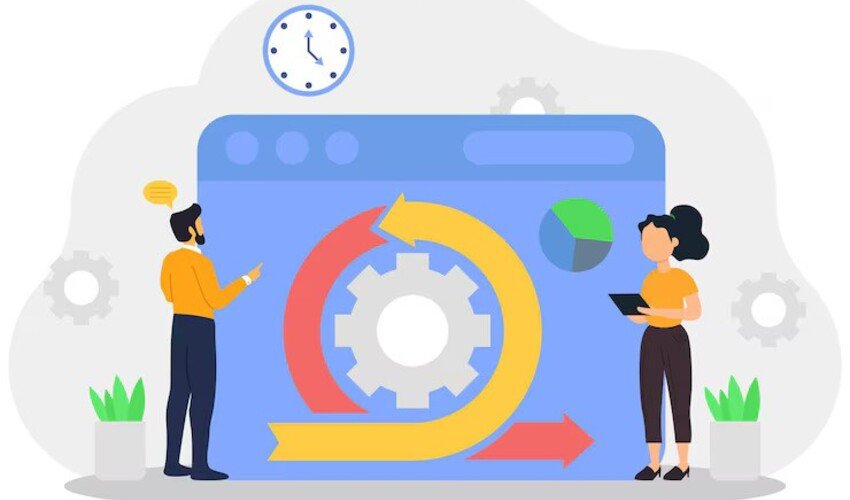
Performance testing helps make sure that a system works well under different conditions. It checks how fast a system is, how much traffic it can handle, and how well it works when used by many people at once. The life cycle of performance testing involves several key stages, each crucial for identifying system behavior. Here’s a simple explanation of each step in the performance testing process:
1. Requirement Gathering:
This step is about understanding what the system needs to do and how fast it should work. For example, how many users should it handle without slowing down? What is the ideal time for a page to load?
2. Test Planning:
In this step, a plan is made for how to test the system. The plan will include what to test, what tools to use, and how to set up the tests to make sure everything works as expected.
3. Test Design:
In this stage, detailed test cases and scripts are developed. Test scenarios should simulate real-world conditions, including peak usage, concurrent users, and varied data inputs. This ensures the system’s performance is accurately assessed under diverse conditions.
4. Environment Setup:
This step involves setting up everything needed for the test. It’s like creating a mini version of the real-world system where the test can happen, including servers, networks, and other parts of the system.
5. Test Execution:
In this stage, the tests are actually run. The system is tested under different conditions, such as handling many users or being pushed to its limits. During this step, we check things like how fast the system responds and how much memory it uses.
6. Result Analysis:
After the tests are done, we look at the data to see how the system performed. Were there any problems, like slow response times or crashes? This step helps us figure out what needs to be fixed.
7. Optimization:
If the system has any problems, this step fixes them. Changes might be made to the code or the system setup to make it run better and faster. This ensures the system can handle more users without slowing down.
8. Re-testing:
After making fixes, the tests are run again to make sure the changes worked. This confirms that the system now performs better and can handle the expected load.
9. Reporting:
A report is written that explains what was tested, what issues were found, how they were fixed, and what the system’s performance is like now. This helps everyone understand how the system is doing.
10. Closure:
The testing process ends once everything is complete. The results are reviewed, and the system is ready to be used. This stage also includes planning for any future tests or improvements.
The life cycle of performance testing involves several key stages, each crucial for identifying system behavior. These steps are important to make sure that a system works well and doesn’t slow down or crash when used by many people.
